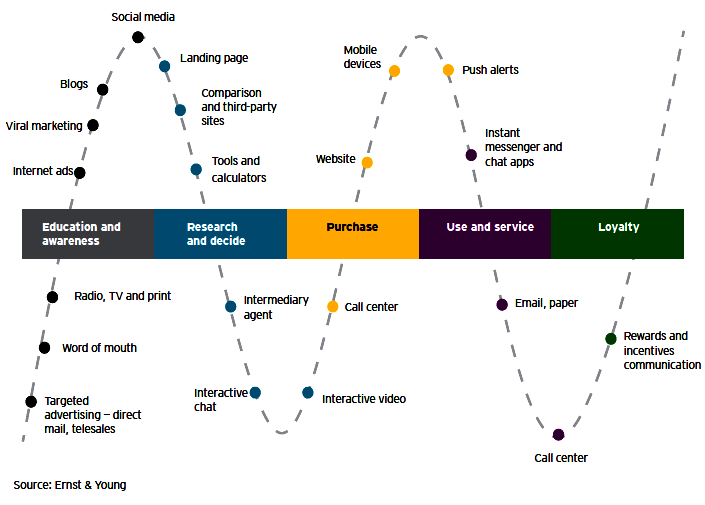 In the world of customer centricity, there are good customers and then there is pretty much everybody else, which means not all customers deserve your best efforts.
In the world of customer centricity, there are good customers and then there is pretty much everybody else, which means not all customers deserve your best efforts.
Jim Sterne, Founder, eMetrics Marketing Optimization Summit and Chairman of the Web Analytics Association, explains it nicely: “Customer Centricity reveals how to increase profits from your best customers, find more like them, and avoid over-investing in the rest.” Besides, it implies clearly that the customer is not always right.
Customer Centricity is currently the new buzzword in the eBusiness world. However, placing the customer at the center is something that the marketing industry actually has been preaching for years already, when speaking of customer orientation or focus. Still “customer centricity” has its place simply because the importance of a company’s consistent focus on its customers has reached a new dimension.
Nowadays, prospective customers and buyers are more informed than ever, with an enormous power to influence the market development. That allows them to demand what is promised to them for years, namely to be truly the king and take center stage.
The term "customer centricity" underlines this, reflecting a phenomenon, which the market research company Forrester calls the "Age of the Customer". Only if companies take their customers center stage of all their activities - the emphasis is on "all" - they remain competitive. Thus, for many this means to re-adjust strategically to changing market conditions and to adapt their processes from the front to the back end.
The journey to customer centricity will not be an easy endeavor; therefore, some practical steps from Ernest & Young are for sure useful to help you understand the process and guide you along the way, such as:
1. Define your target customers and their needs.
2. Generate customer engagement across their life cycle, since it is vital to build loyalty.
3. Take a realistic look at your propositions (solutions, not products) and ask yourself what it would take to deliver what customers want, at a price they want to pay, and still make money.
4. Involve distributors and build stronger partnerships together.
5. Learn to be adaptive by making use of detailed customer insight to test, learn and act quickly, accelerating the process with prototypes.
6. Focus on some key assets and build momentum throughout the organization.
7. Start to build a culture that puts the customer at the center and aligns objectives, targets, rewards and recognition with customer needs.
With these core strategies in place, the focus can shift to operational issues that can enable change. Here, Ernest & Young’s advice comes in handy as well, pointing out that the overall customer experience is influenced by customers’ direct and indirect interactions with a company. Therefore, both physical and digital touch points must be managed effectively in order to maximize the experience (see E&Y graphic below).

On these grounds, be prepared to face many challenges in developing the critical new capabilities that align objectives, targets, rewards and recognition with customer needs.
By Daniela La Marca



















